Cinema over Photography
Cine sobre fotografía
Series of animations in super-8 format, projected on photographic print-outs, drawings or paintings, in which the image-screen serves as bidimensional stage scene for the image-projection. This superposition of qualities originates a reflection on the statics and permanence as the background for mutability
Serie de animaciones filmadas en celuloide y proyectadas sobre ampliaciones fotográficas, dibujos o pinturas, en las que la imagen-pantalla sirve de escenografía bidimensional para la imagen-proyección. Esta superposición de calidades origina una reflexión sobre la estaticidad o permanencia como soporte para la permutabilidad.
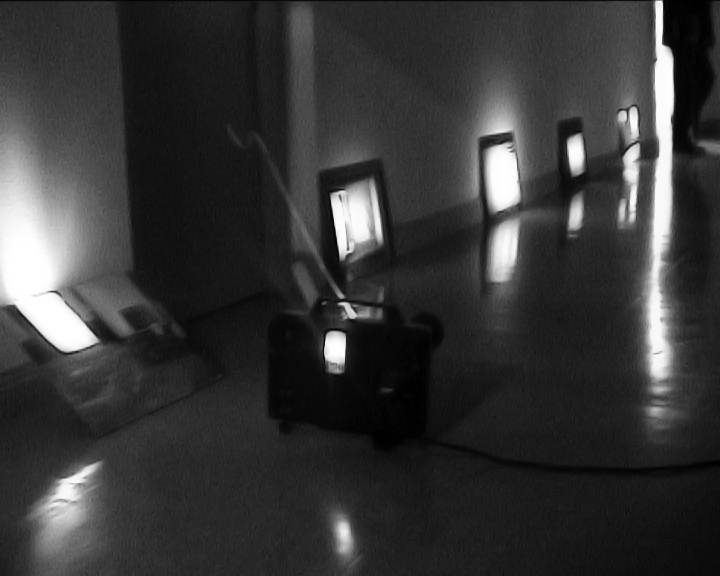
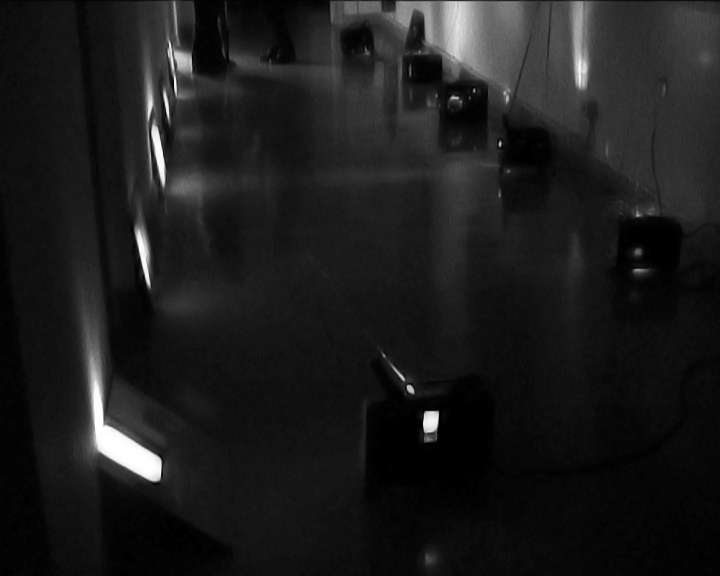
2001 Trompe la memoire. Fundación Luis Seoane. A Coruña.
Recently my four year-old nephew tried to describe a dream he had last night. As he couldnít really explain himself, he referred to it like it was "one of those films who appear when you are sleeping". For little Matias dreams - when he shuts his eyes and sleeps - are like cinematographical stories which only emerge for him. The works of Dionis Escorsa act in a similar way to these dreams. Within each of them he suggests a short story, only a few seconds long. Like most of our dreams, they donít show a full story, but a brief notion of account like an anecdote that repeats itself time and time again. After having seen them we cannot remember their almost non-existent plot, which also always turns out simple in the end, but it transmits a sensation to us, an elementary and powerful emotion, which there are no words to express for.
These works form themselves in a simple way. Escorsa clearly raises two kinds of registers: the one of reality and the one of the account covering it. He works in settings as such: a street wall, a terrace roof or a fotograph, which functions as an echo of real places in this case. On them, Escorsa projects cinematographic images, using a simple home-equipment oftenly. Attaching movement to fixed forms, he puts up a discussion about the idea of representation. The images appear like ghosts. In contrast to the very surface they are projected on, they donít survive the time, that the brief projection permits them.
Finally, they pretend to reproduce a story permitting us to mend one series of events. As well as the image of the drunk, seated man or that one being a shadow, wich comes alive out of a corner, also the man with the flame, that is replacing the "absentee", restores a past reality. However, like inside dreams, a stocktaking like this, does not appear in its literal meaning. Thereby, a repertoire of symbolic processes is taking place, which turns the comprehension of them into a complexe interpretation. A game is constituted, where the distance itself transforms into the main character. This distance allows the spectator, to have a subjective view on what is happening.
Ferran Barenblit.






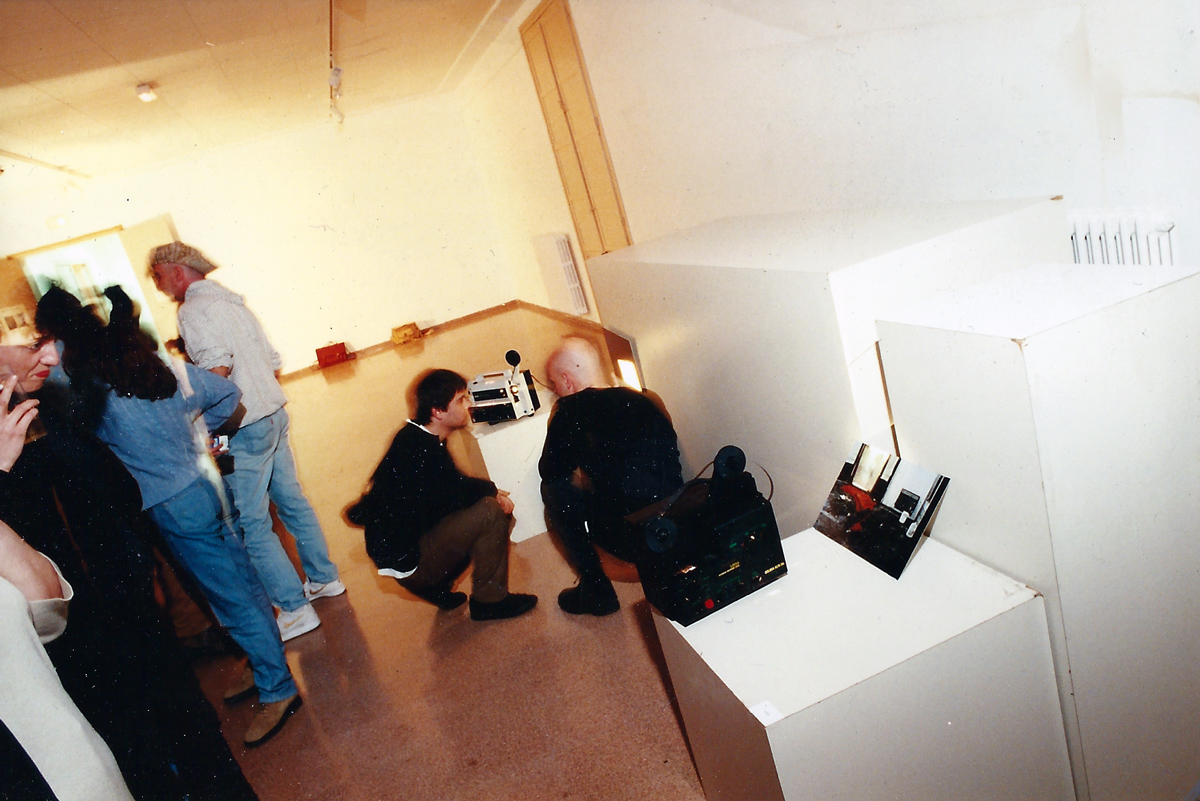
2000 El cap al terra. Tortosa Art School. Tortosa, Tarragona.
Hace poco mi sobrino de cuatro años intentó describir un sueño que tuvo anoche. Como no sabía explicarse bien, se refirió a él como “una de esas películas que aparecen cuando estás durmiendo”. Las obras de Dionis Escorsa actúan de manera similar a estos sueños. Dentro de cada una de ellas sugiere una historia corta, de apenas unos segundos de duración. Como la mayoría de nuestros sueños, no muestran una historia completa, sino una breve noción de relato, que se repite una y otra vez. Después de haberlos visto no podemos recordar su trama casi inexistente, que además siempre resulta simple al final, pero nos transmite una sensación, una emoción elemental y poderosa, que no hay palabras para expresar.
Estas obras se forman de manera sencilla. Escorsa plantea claramente dos tipos de registros: el de la realidad y el del relato que la reviste. Trabaja en escenarios como un muro de la calle, la azotea de una terraza o una fotografía, que en este caso funciona como eco de lugares reales. Sobre ellos, Escorsa proyecta imágenes cinematográficas, a menudo utilizando un equipo doméstico sencillo. Asociando movimiento a formas fijas, plantea una discusión sobre la idea de representación. Las imágenes aparecen como fantasmas. En contraste con la superficie en la que se proyectan, no sobreviven al tiempo que la breve proyección les permite.
Finalmente, pretenden reproducir una historia que nos permita recomponer una serie de acontecimientos. Sin embargo, como en los sueños, la narración no aparece en su sentido literal, sinó que desarrolla un repertorio de procesos simbólicos que convierte
su comprensión en una interpretación compleja. Se crea un juego en el que
la propia distancia se convierte en protagonista. Esta distancia permite al espectador
tener una visión subjetiva de lo que está sucediendo.
Ferran Barenblit
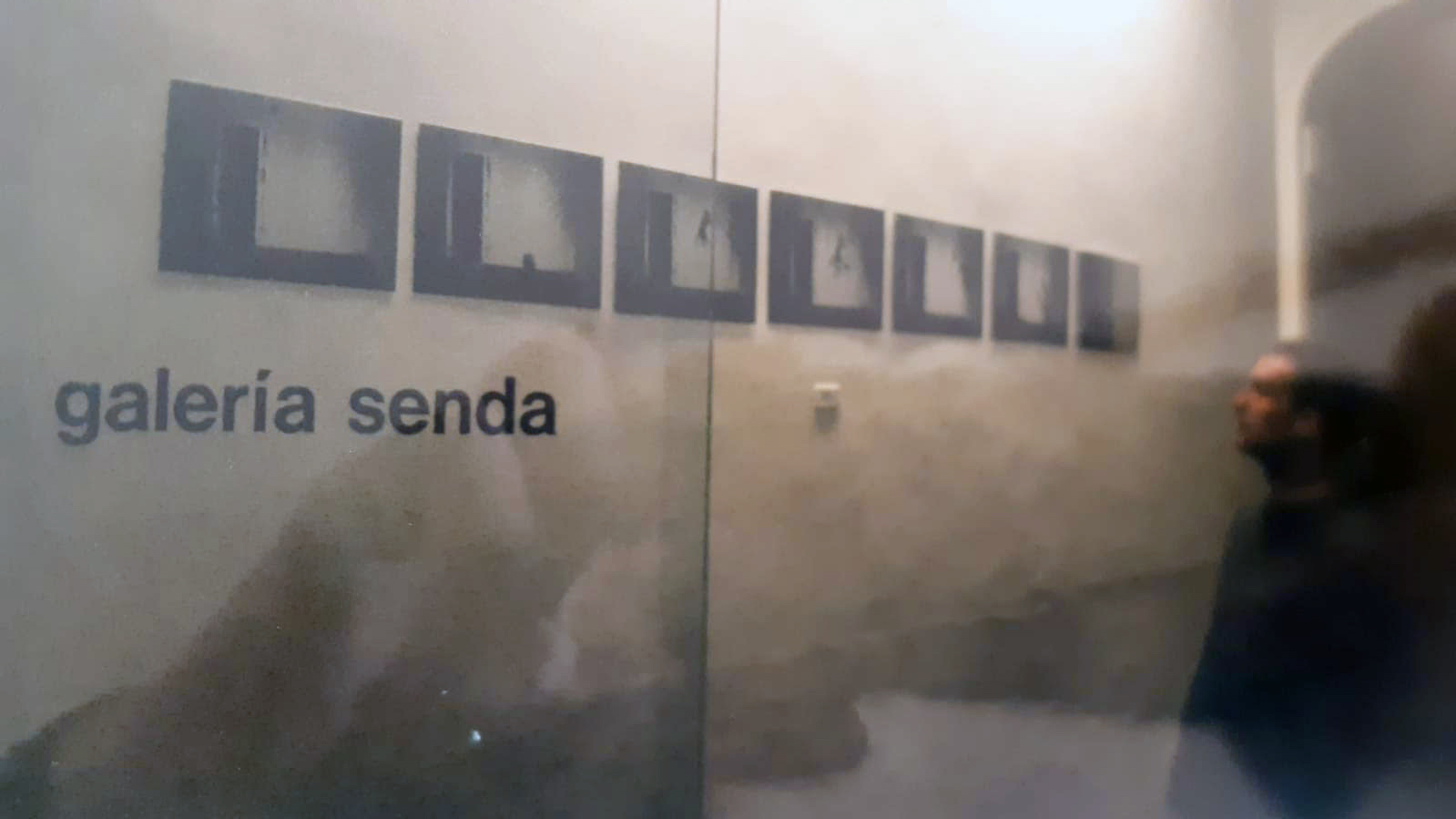
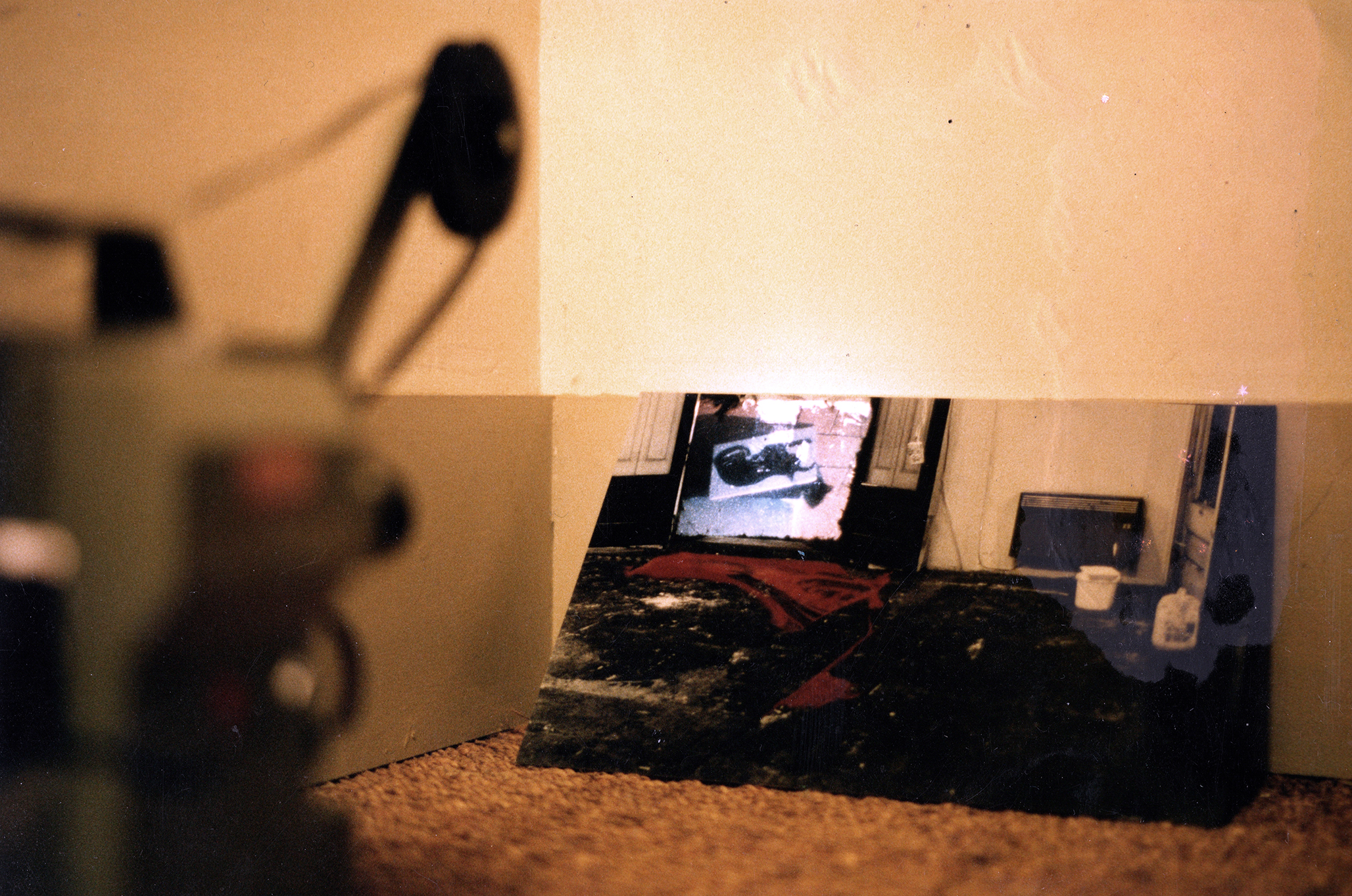
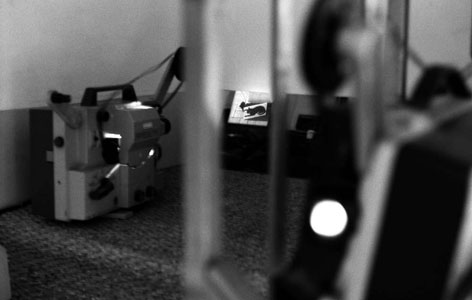
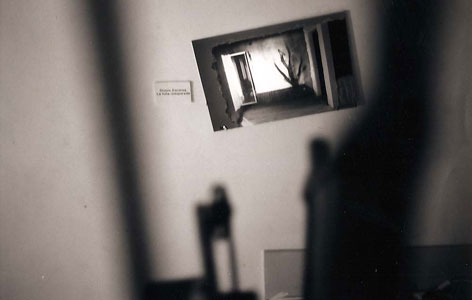
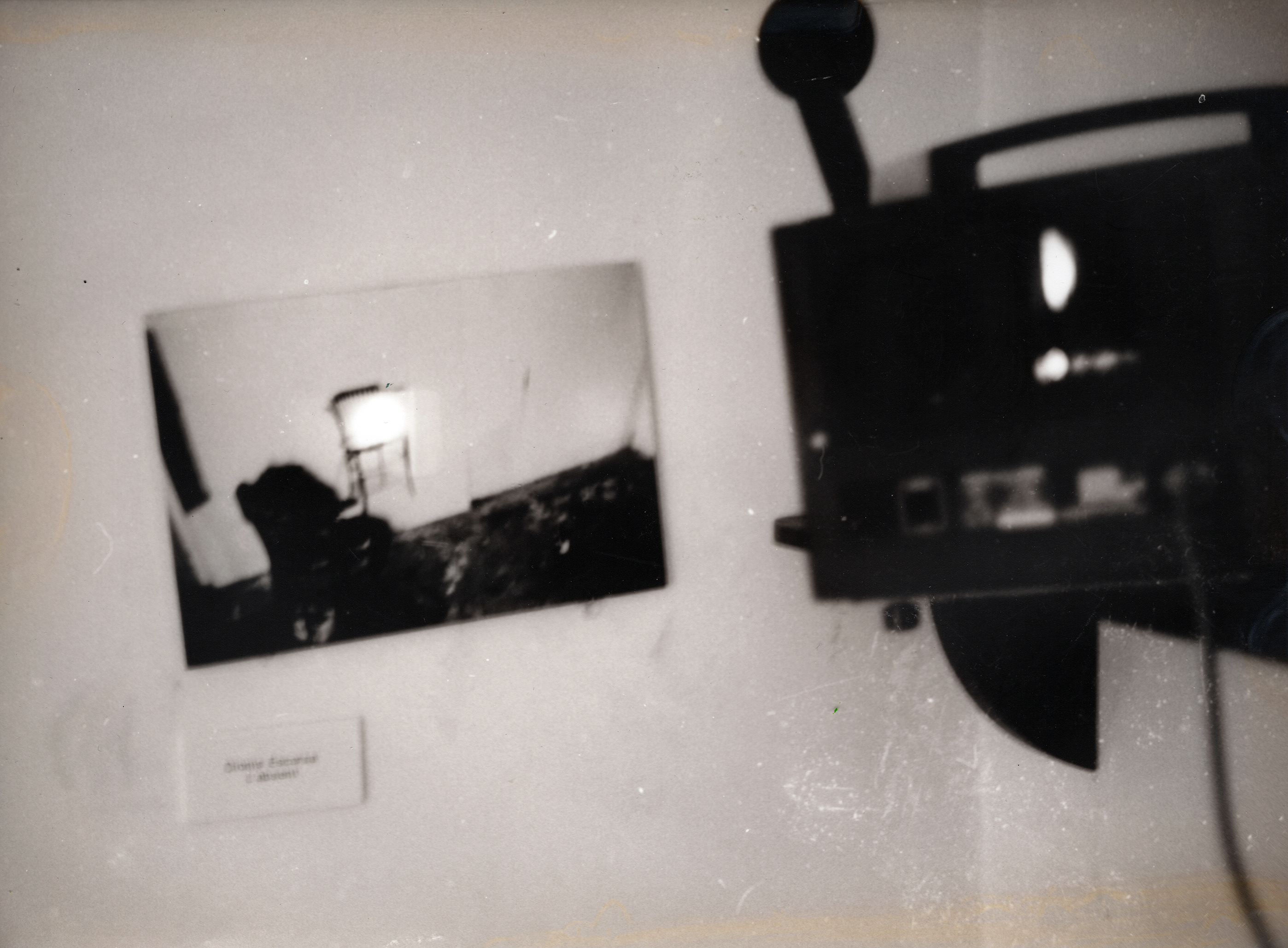
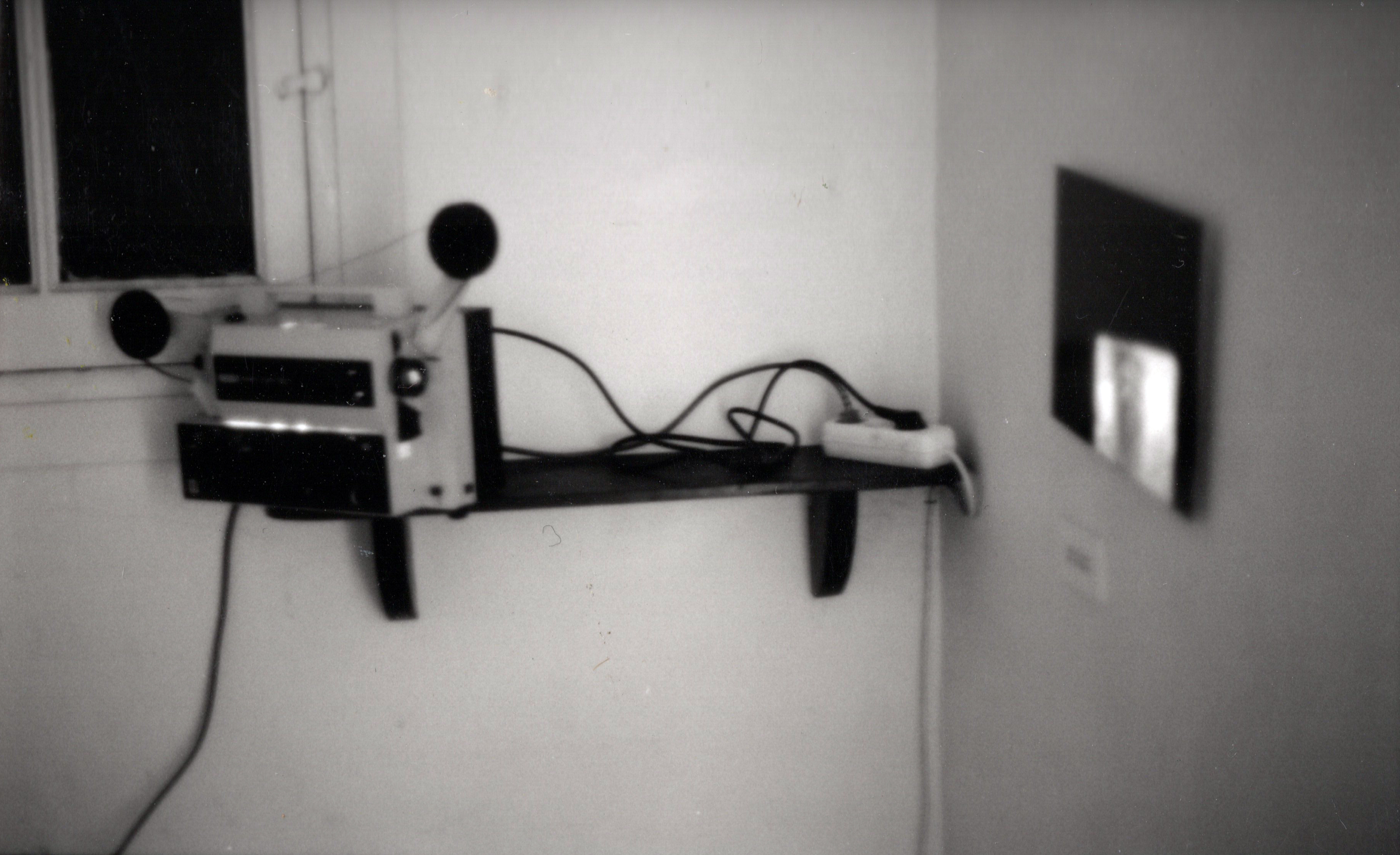
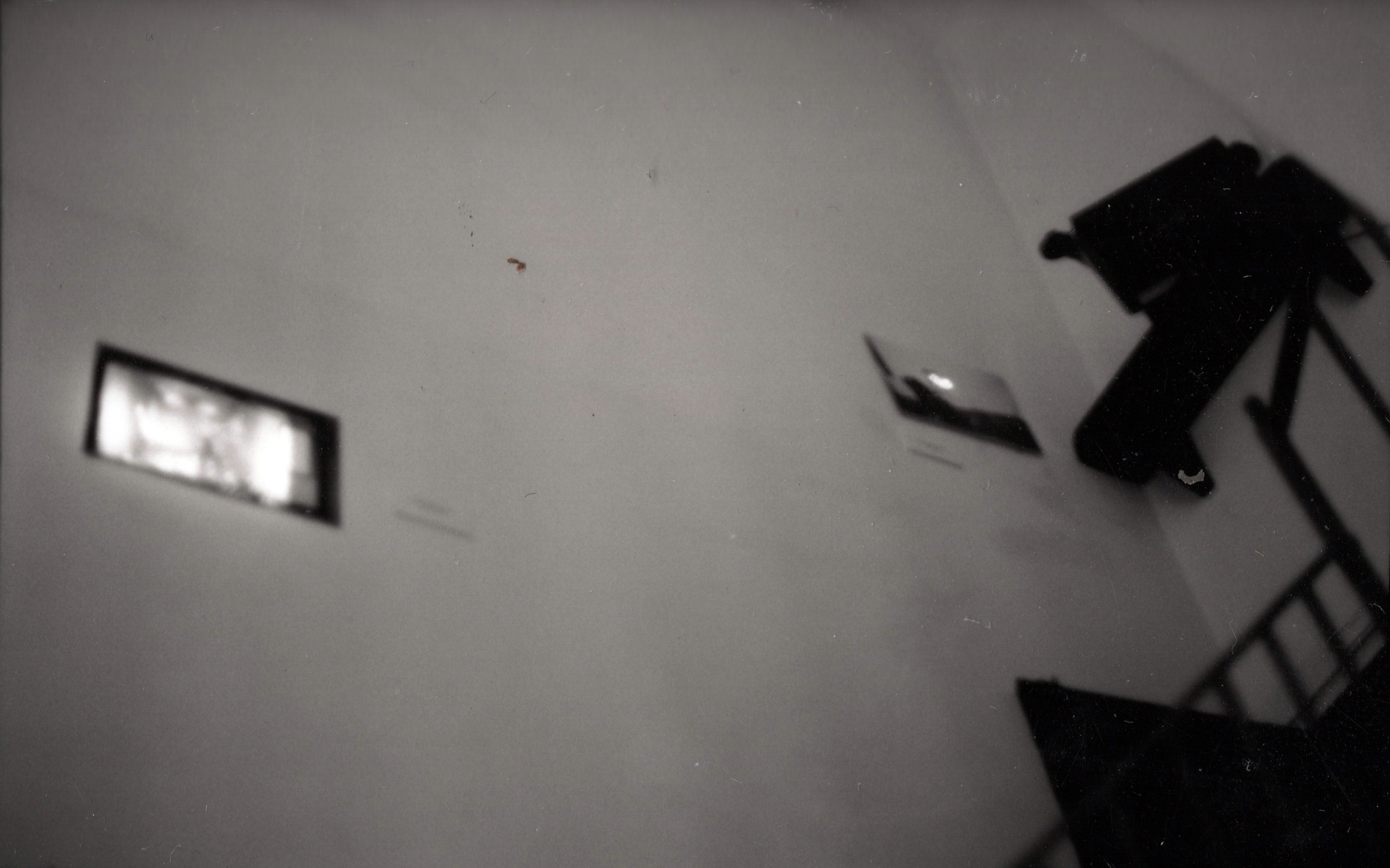
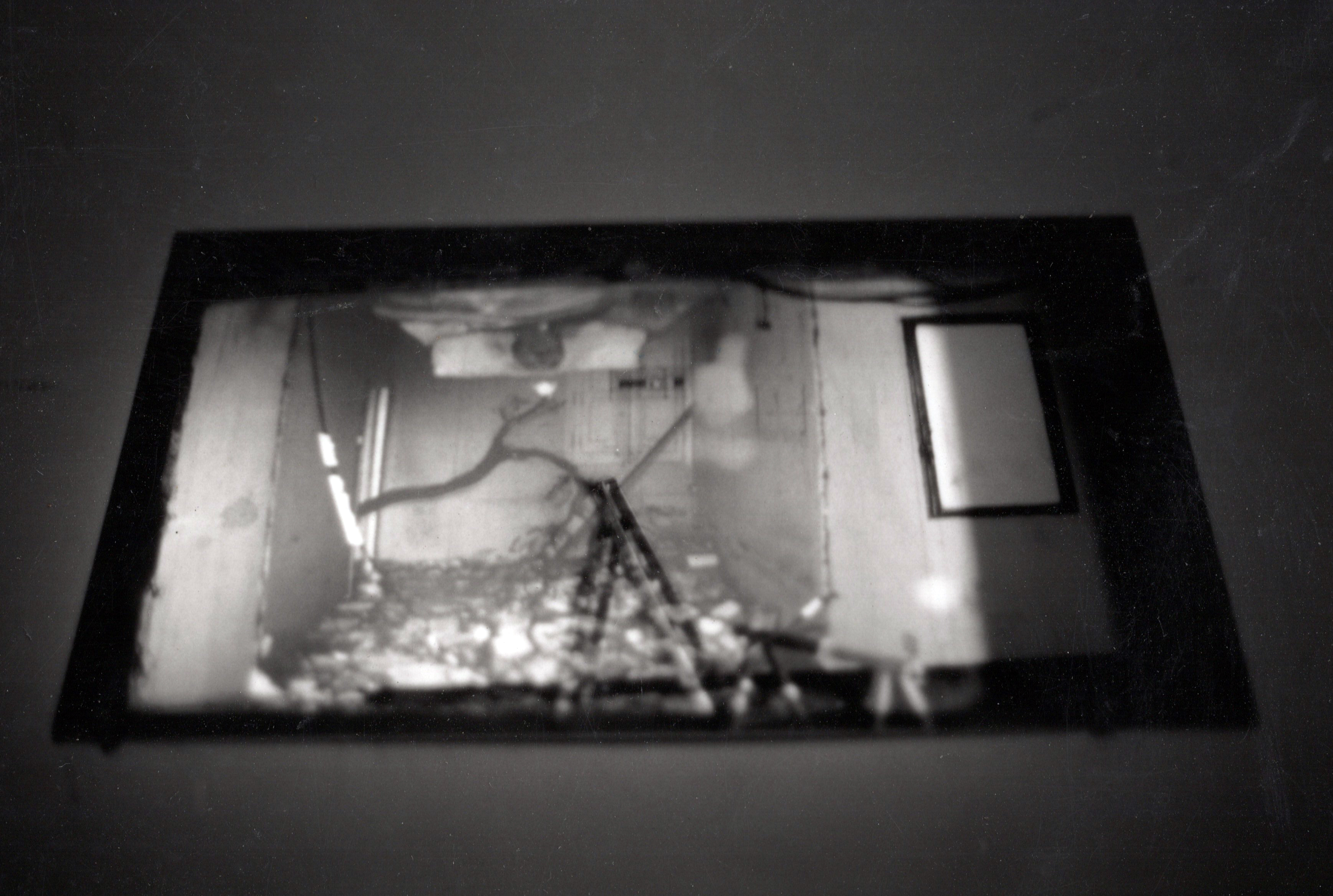
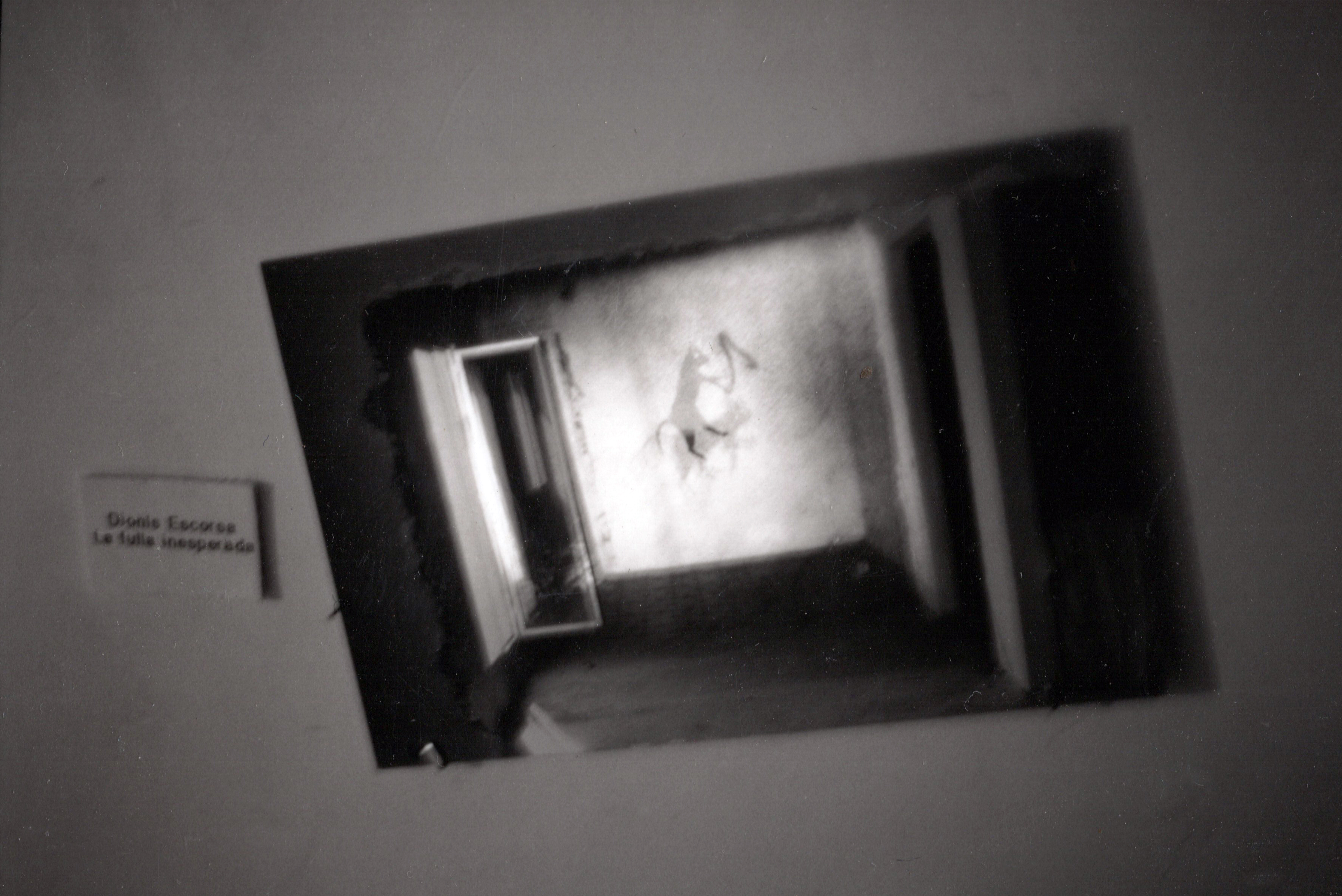
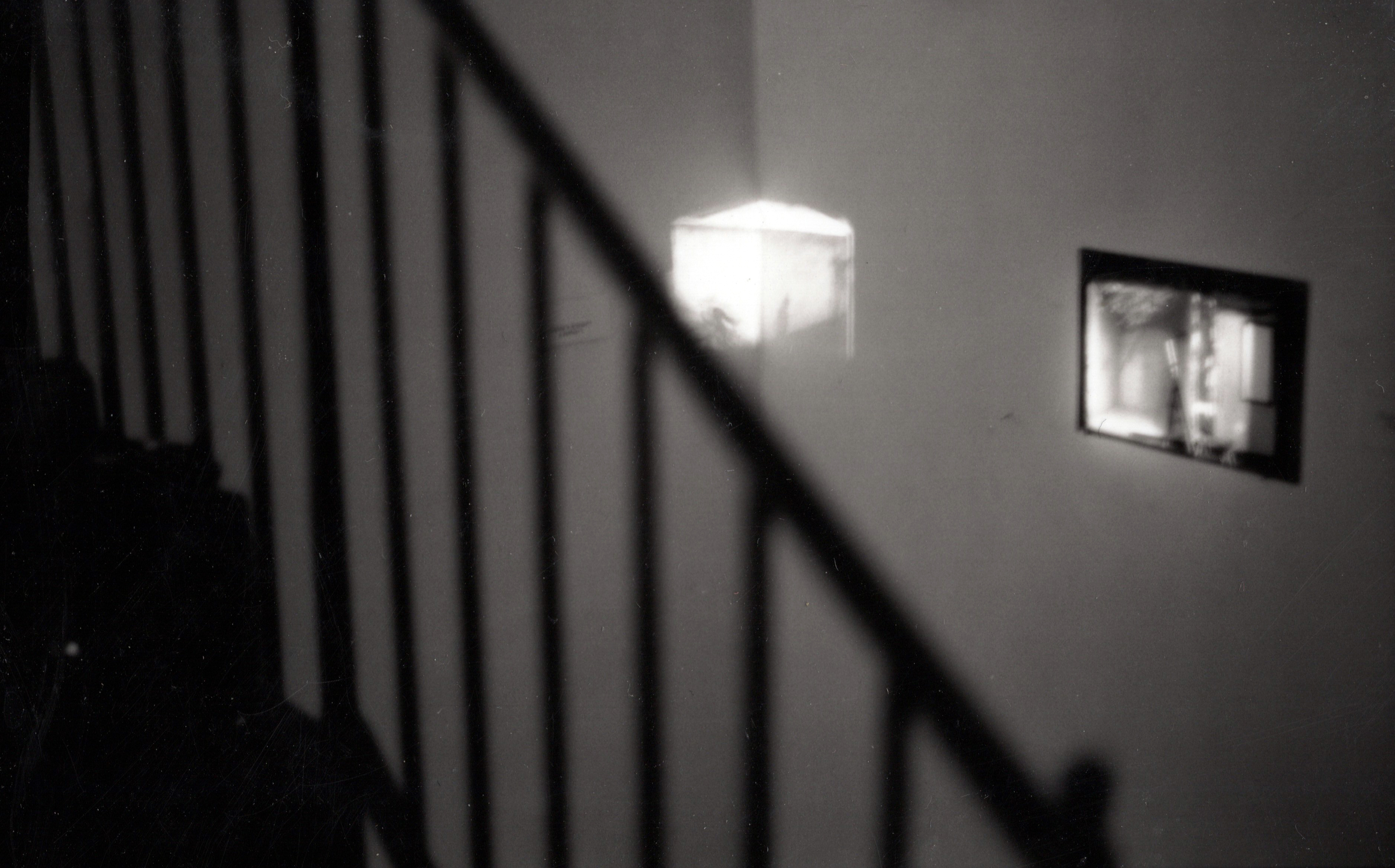
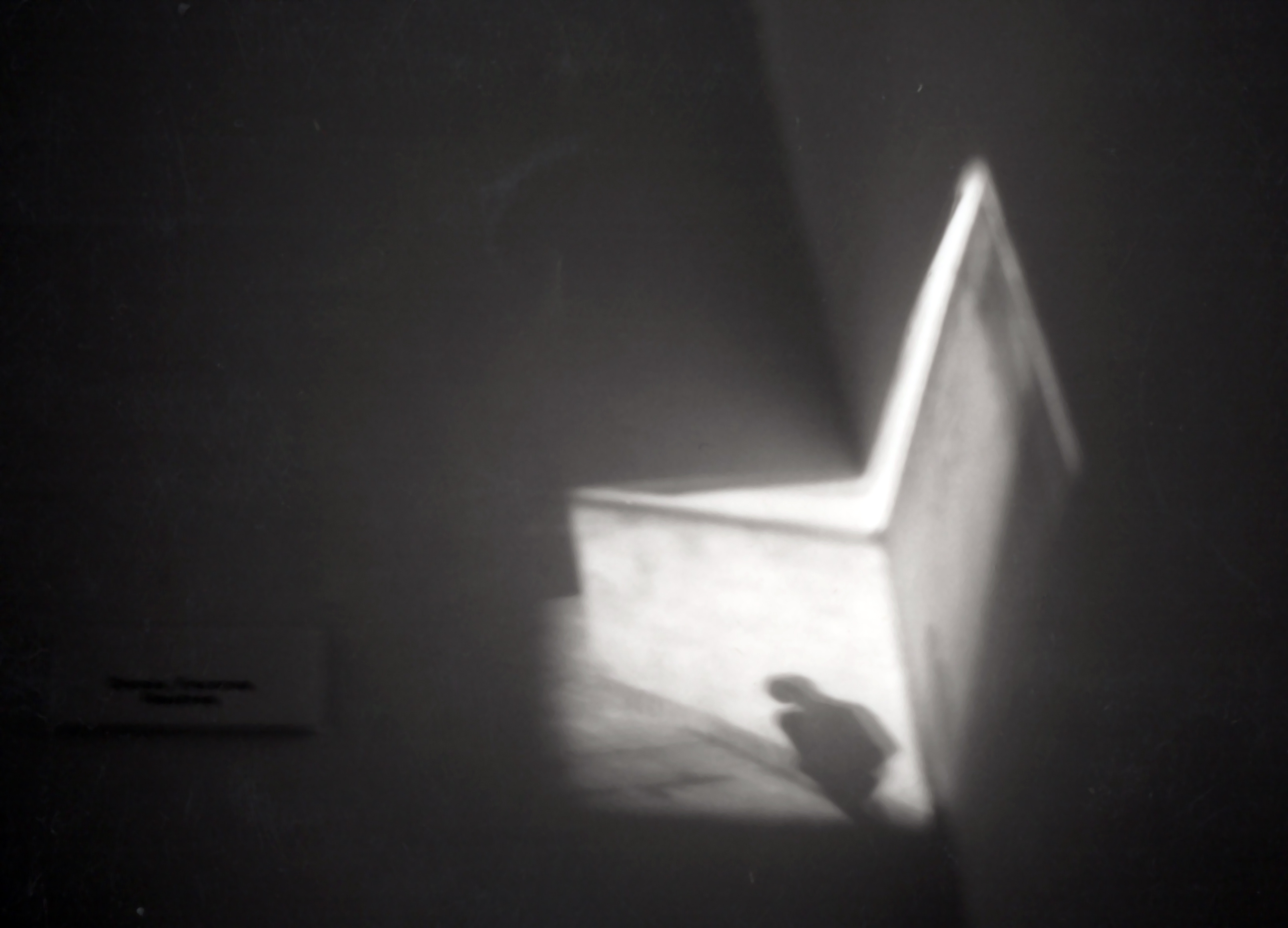
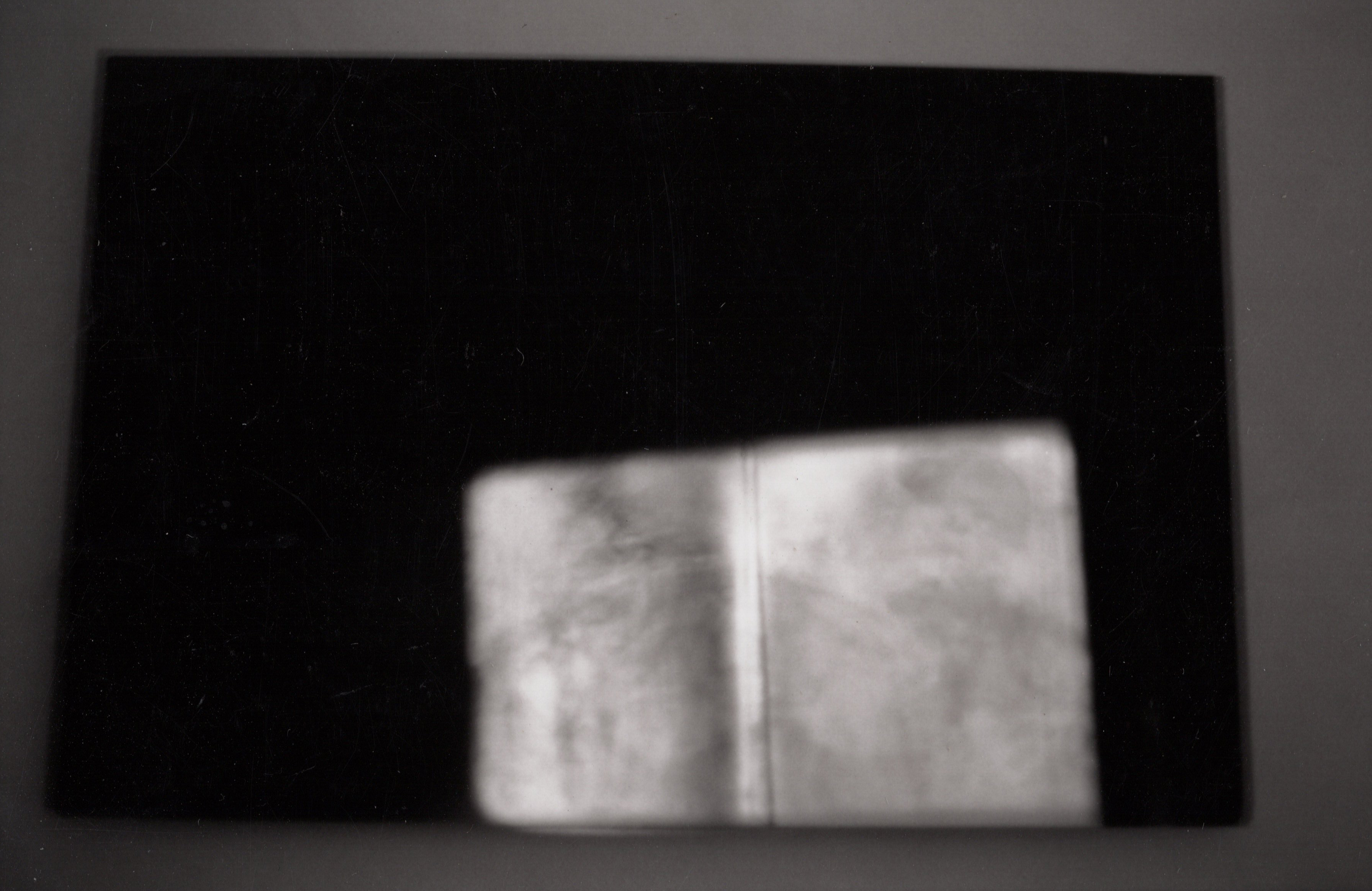
2000 Deixies. Senda Gallery. Barcelona.
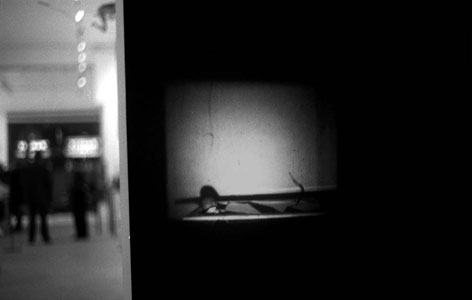
1999 Luna Rova. Urania Gallery. Barcelona.
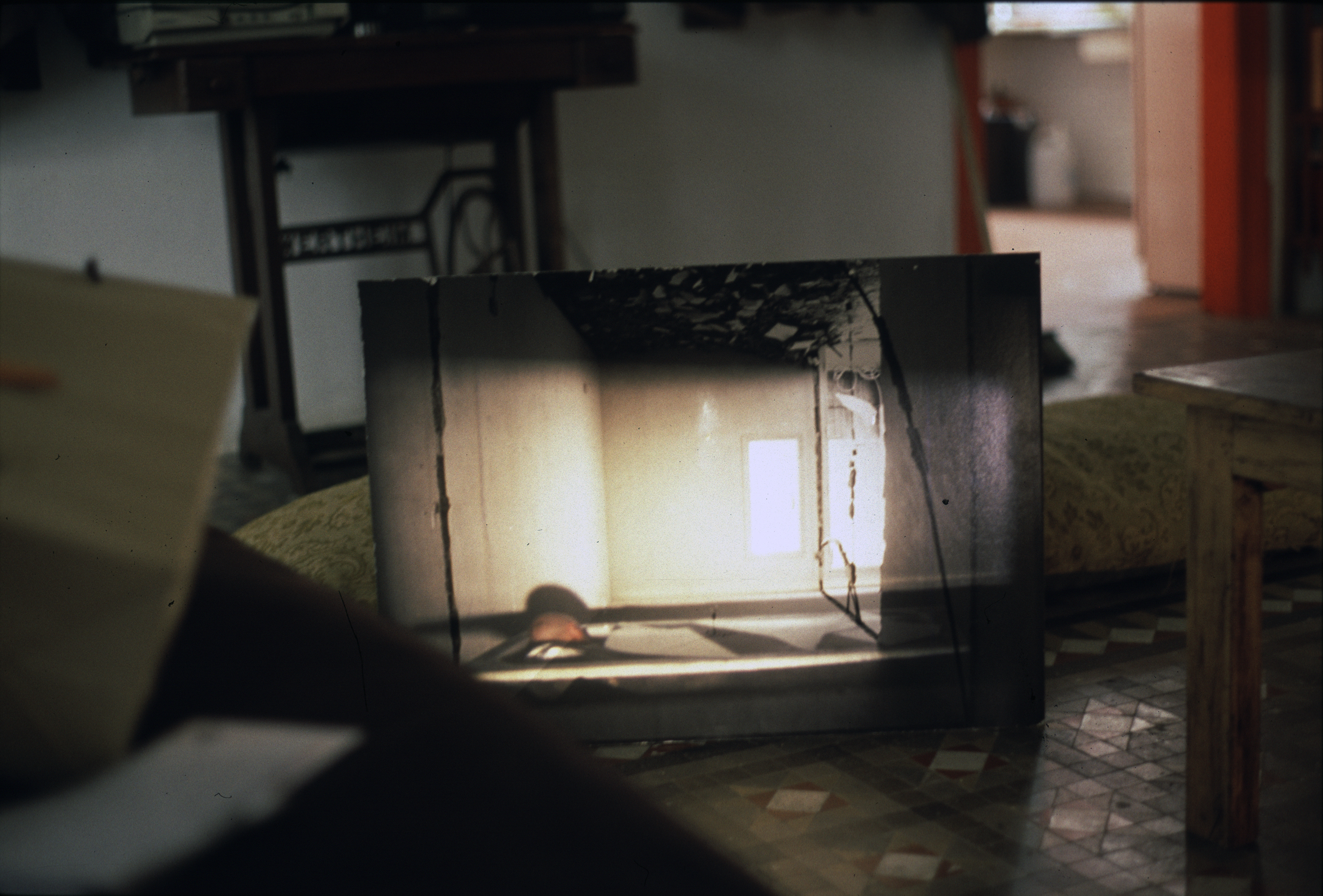
1999 Una llum a l'eixample. Association of Architects. Barcelona
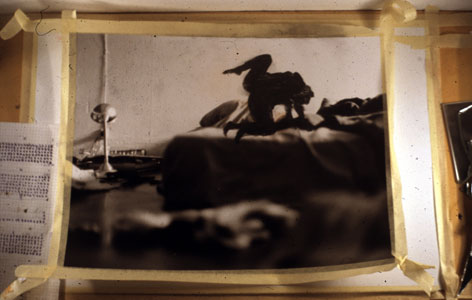
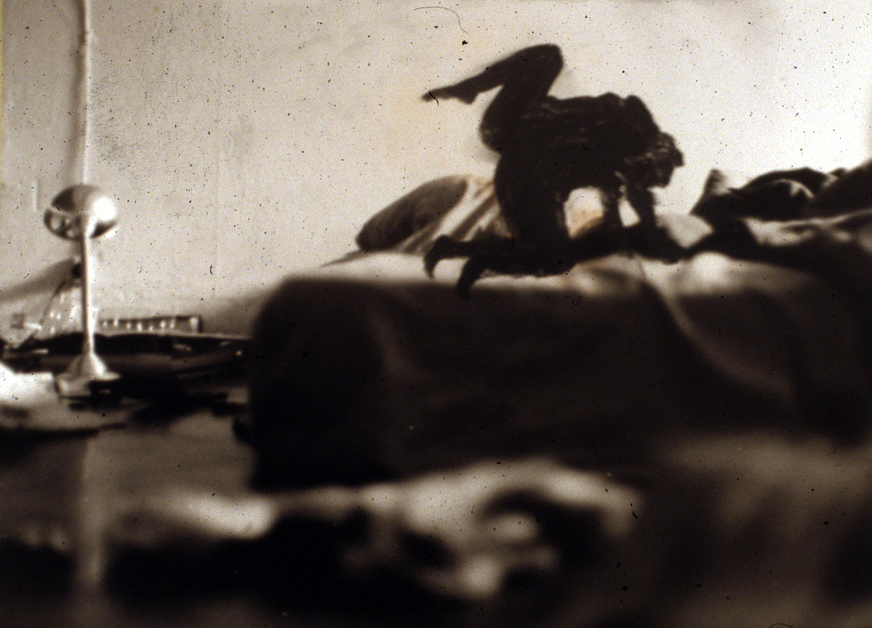
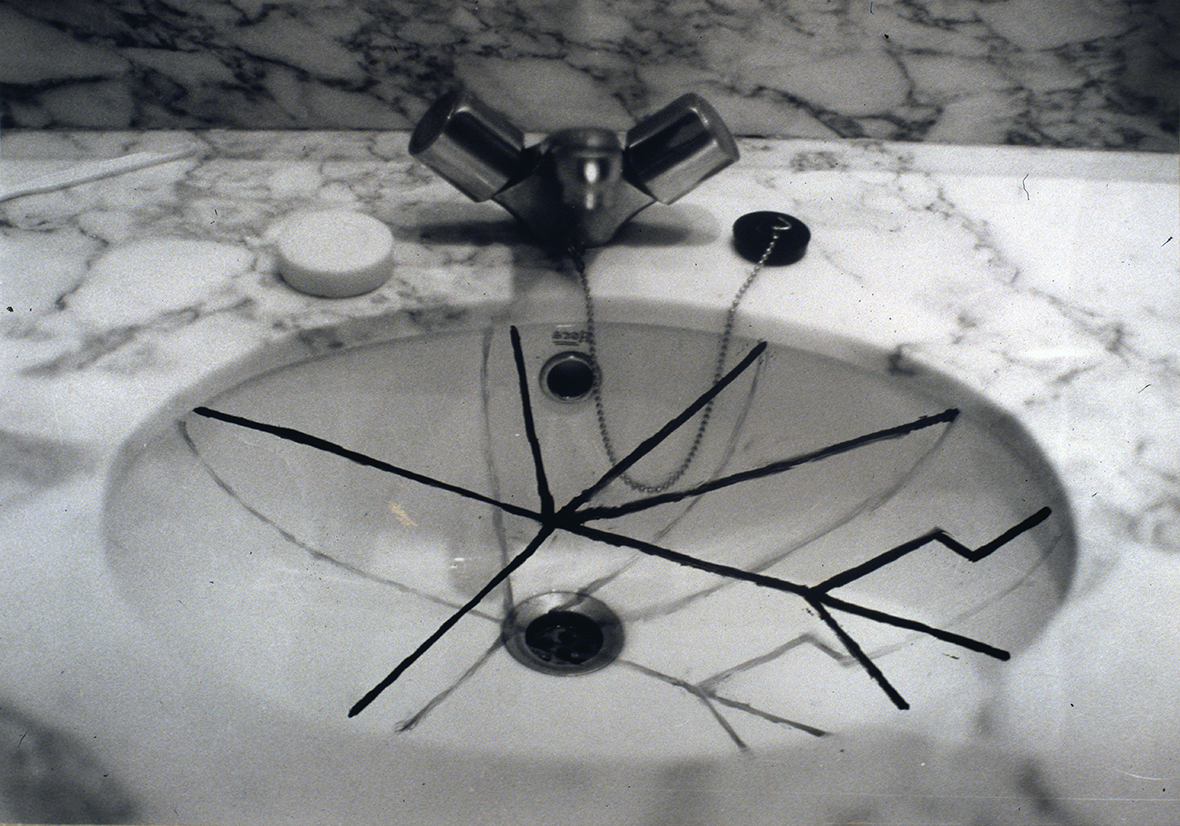
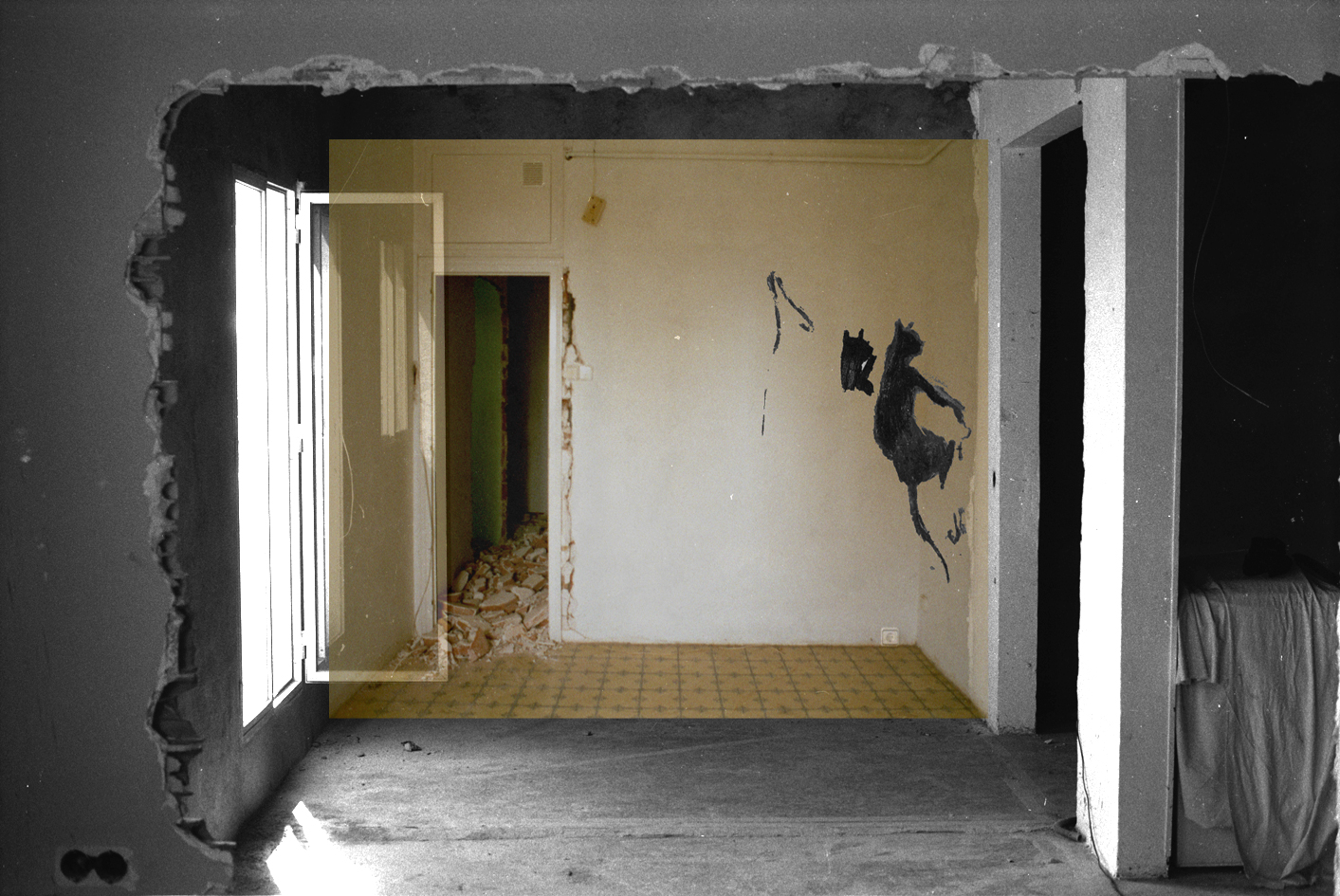
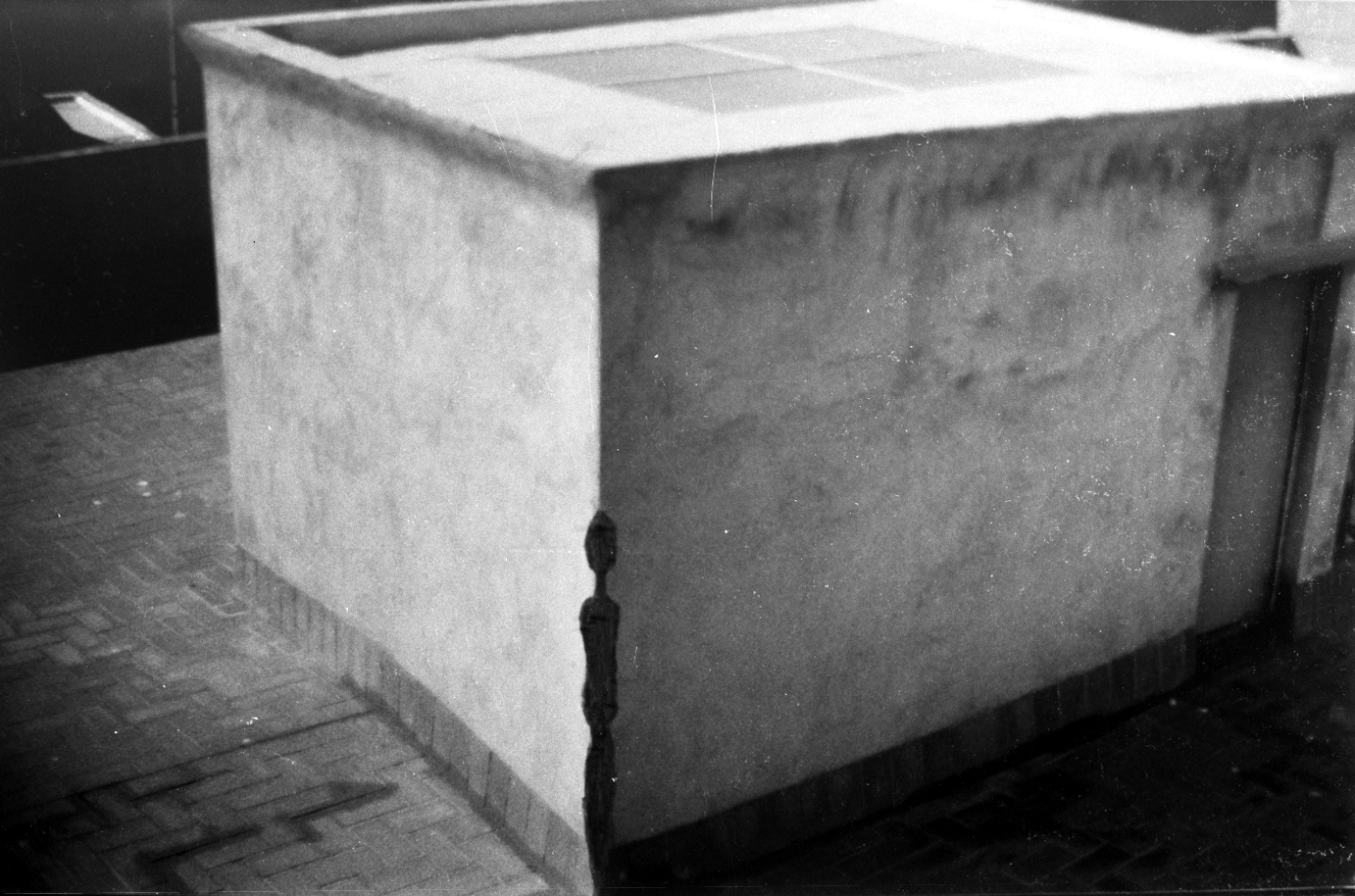
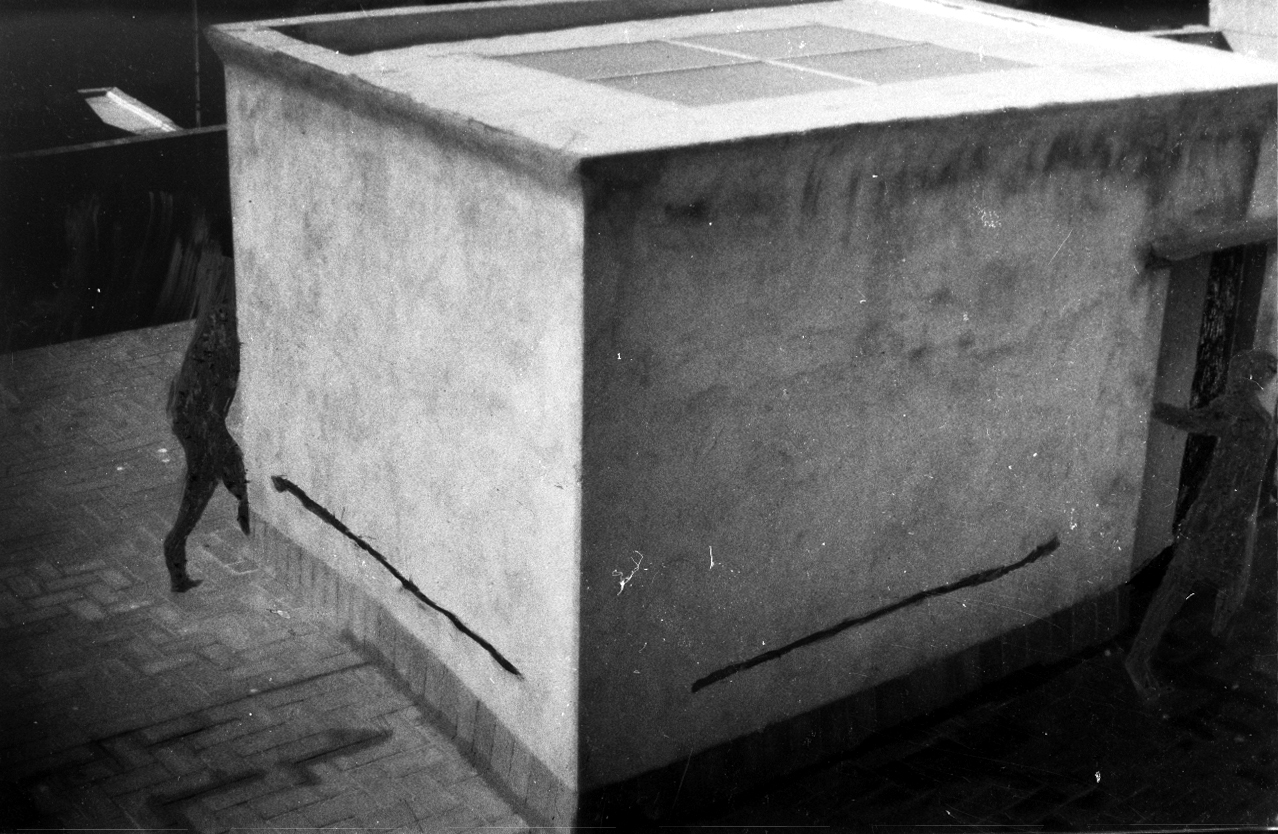

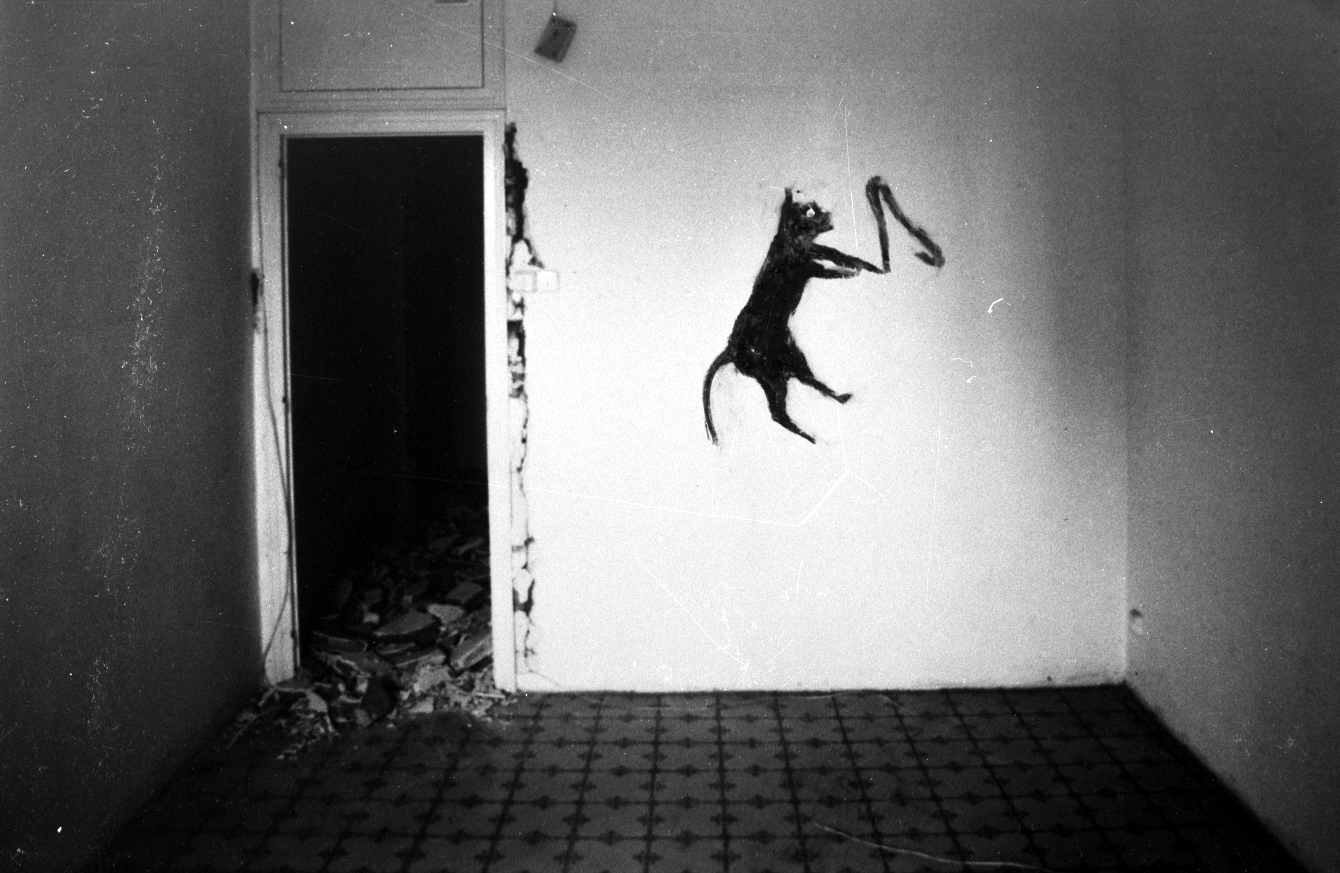
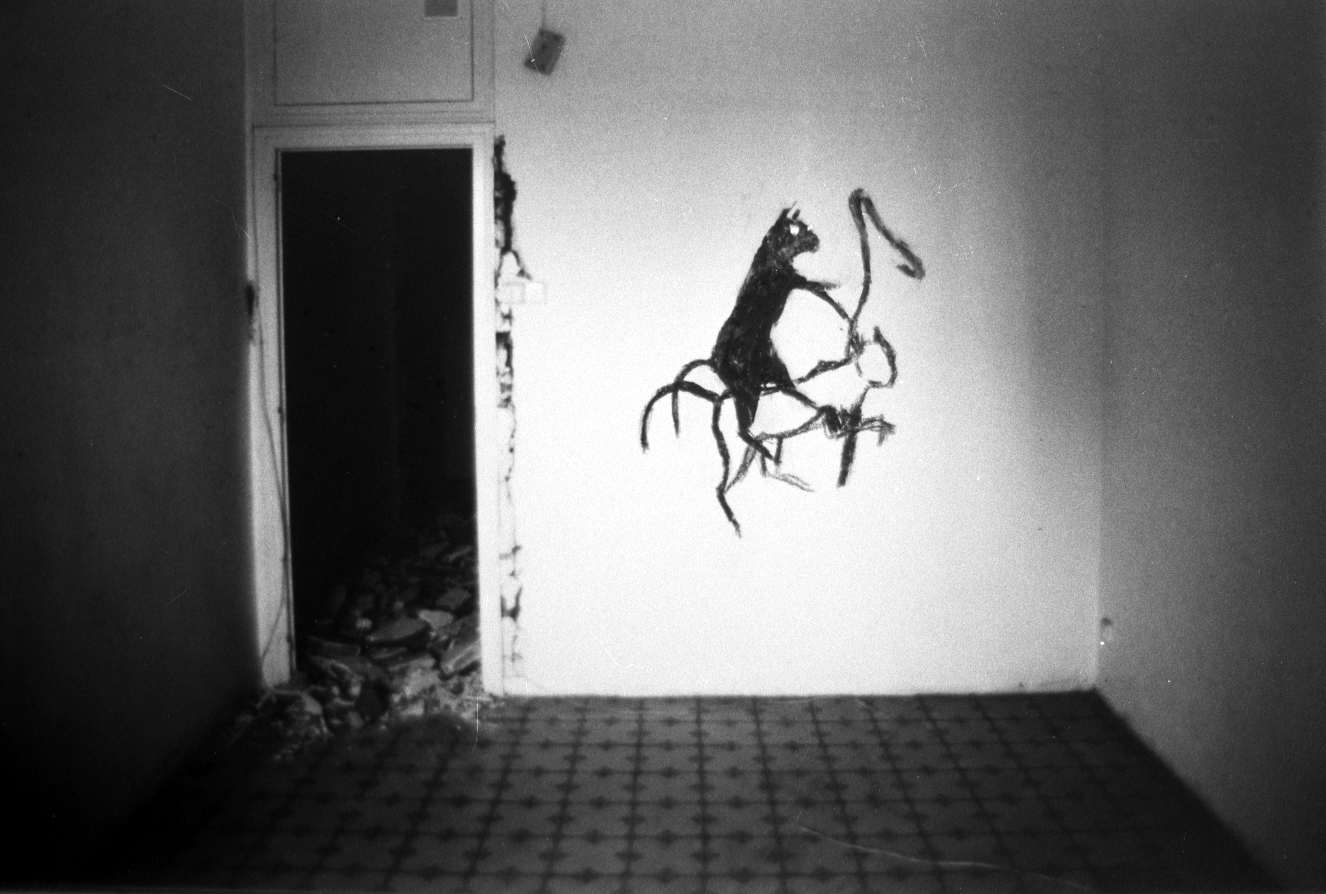
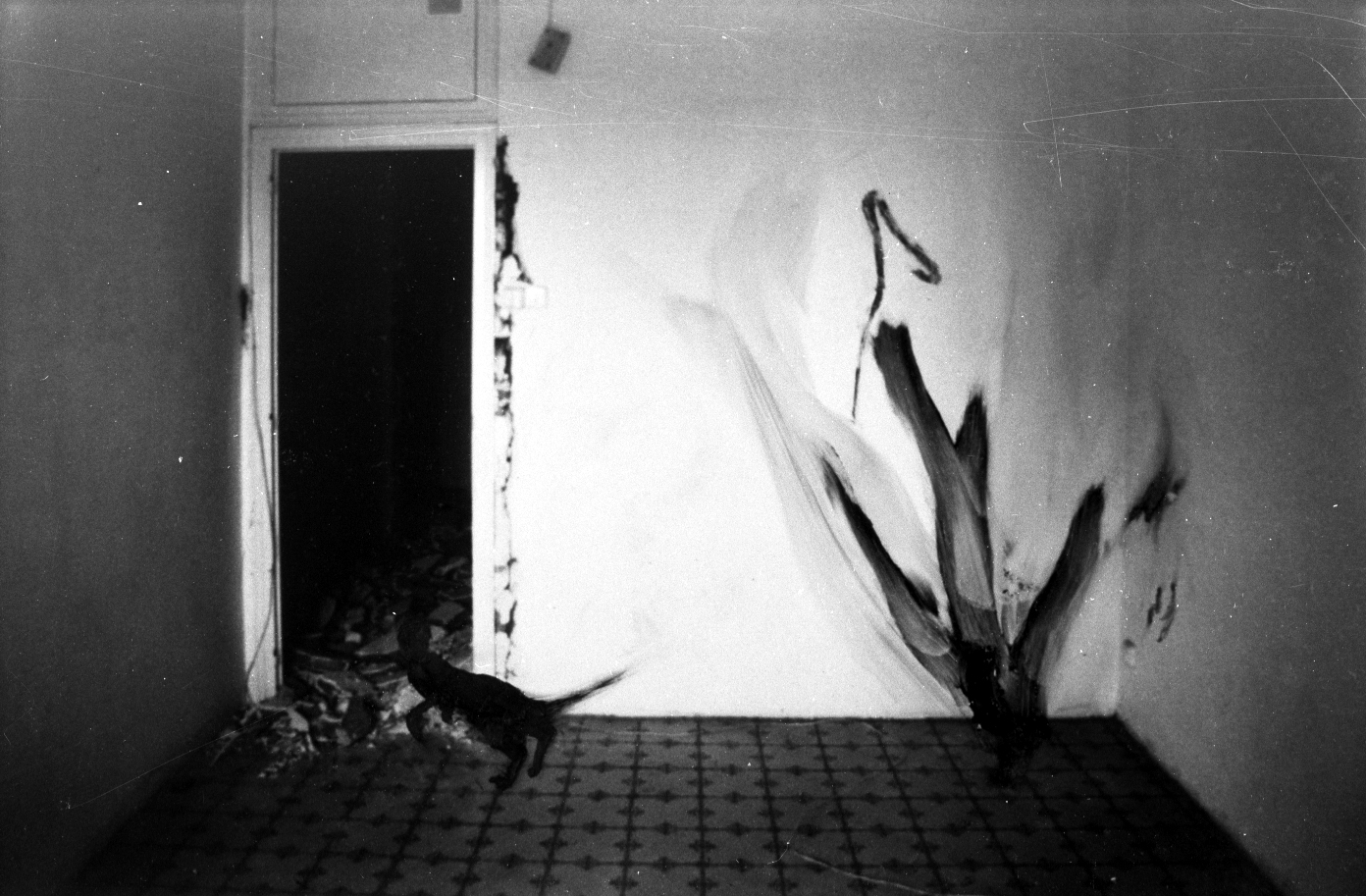
1999 · Variable durations on loop
Shown at:
2001 Trompe la memoire. Luis Seoane Foundation. A Coruña.
7 Art. Museum of the cinema. Girona. Curated by Ferran Barenblit
2000 Senda Gallery. Barcelona.
Tortosa Art School. Tarragona.
1999 Toys. Serrahima Gallery. Barcelona.
Luna Rova. Urania Gallery. Barcelona.
Una llum a l'eixample. Association of Architects. Barcelona.